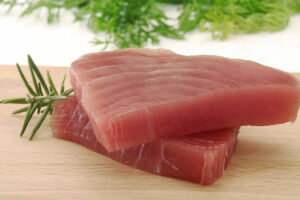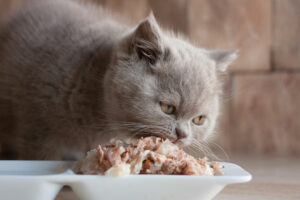9 mistakes to avoid when drinking water from a bottle

The importance of water in maintaining bodily function cannot be overstated. It is critical for life and survival, from flushing out waste from the body to protecting the brain, controlling temperature, and lubricating the joints. However, inevitable everyday water consumption mistakes could complicate things and cause this life-giving resource to cause infection and disease. Read on to learn more about such nine mistakes to avoid while drinking from a bottle.
Using bottles with BPA
BPA (Bisphenol A) is a chemical commonly used to make plastic products such as water bottles. This can leach into the liquid, leading to the ingestion of microplastics, which can affect one’s health. Preliminary reports suggest that it may increase the risk of conditions like high blood pressure, hormonal imbalance, diabetes, and even cardiovascular diseases. That is why it is best to avoid drinking from bottles that contain BPA. Instead, one must look for bottles made from food-grade plastic.
Drinking from a dirty bottle
Bottles, whether glass, plastic, or copper, need to be washed or cleaned regularly. Failing to do so can lead to the growth of bacteria, fungi, or other microorganisms, which could adversely affect one’s health. Therefore, make it a habit to wash the bottle before every use or at least once a week.
Trying to drink too fast
Thirst can strike quickly when one is out and about on a hot day, causing one to gulp down water quickly. This can be dangerous, as it could put the body into a mini-shock, cause the stomach to tense up, and release toxins due to an imbalance of fluids. Avoid this and drink water sip by sip throughout the day instead of gulping down a gallon at a time. Experts recommend drinking no more than 1 liter in an hour.
Forgetting to seal the cap back
People often forget to seal the cap back on properly when drinking from a bottle. This can lead to leaks and increase the risk of germs entering the water. Avoid this by properly putting the lid back on a bottle to cover the water and keep bacteria at bay.
Not replacing the bottle regularly
With regular wear and tear, even food-grade plastic bottles develop cracks. When this happens, it’s time to replace the bottle. The plastic is now beginning to degrade, which could make it leach into the water. To check if the bottle is cracked, a quick and effective method is to hold it to a bright light source. If one can see the light coming through the walls of the bottle, it indicates that it needs to be replaced with a new one.
Storing plastic bottles in a hot car
Many people store water bottles in their cars to consume while traveling. However, this isn’t a healthy practice. Leaving a plastic bottle in a hot car can cause chemicals to leach into it, which can be dangerous. The heat may also promote bacterial activity in opened water bottles, causing infections. So, avoiding letting the bottles sit in the car is best.
Drinking directly from the mouth of the bottle
Avoid drinking straight from the mouth of a can or bottle. With lax rules regarding their storage and processing, these could be a home for many germs. Instead, carry a metal or glass straw, as this will reduce the risk of bacteria coming into direct contact with one’s mouth.
Keeping water bottles filled for months at a time
Some people fill all their bottles at once and let them sit for months. This could lead to a lot of bacterial build-up in the water and also impact its taste. There are two ways to avoid this:
Buy single-use bottles (although this causes a lot of waste and increases one’s carbon footprint).
Invest in a reusable bottle. Ensure that it is washed and refilled regularly to avoid the festering of germs.
Buying artificially flavored water
Avoid purchasing bottles of water with artificial sweeteners. Even though they claim to be no-calorie beverages, they could significantly increase the risk of health complications and slow metabolism. The sweeteners could also make one feel more dehydrated. Look for regular water, or make a flavored one at home by adding lemon, mint, or herbs to the bottle.



